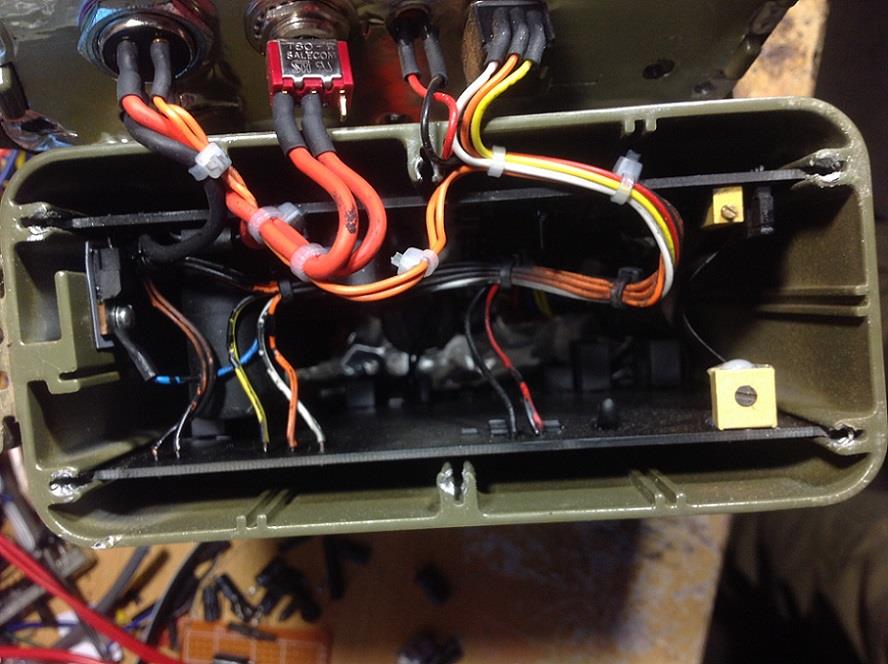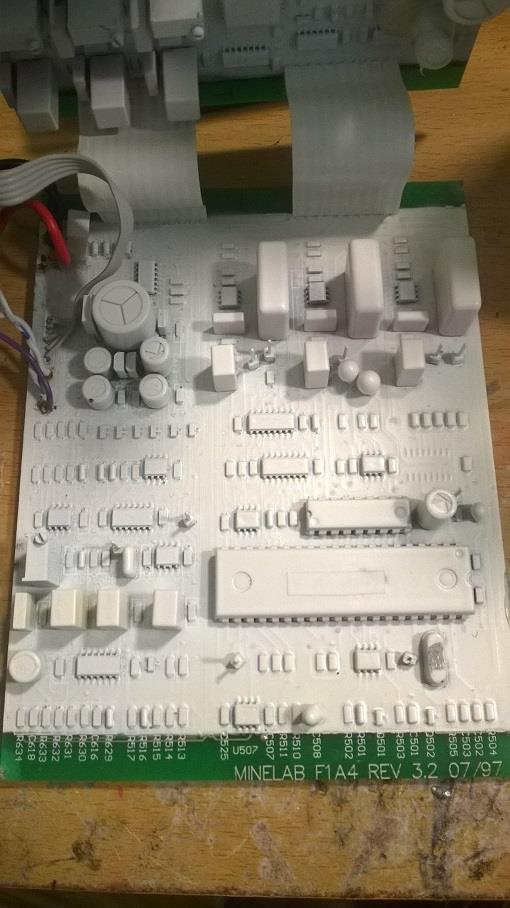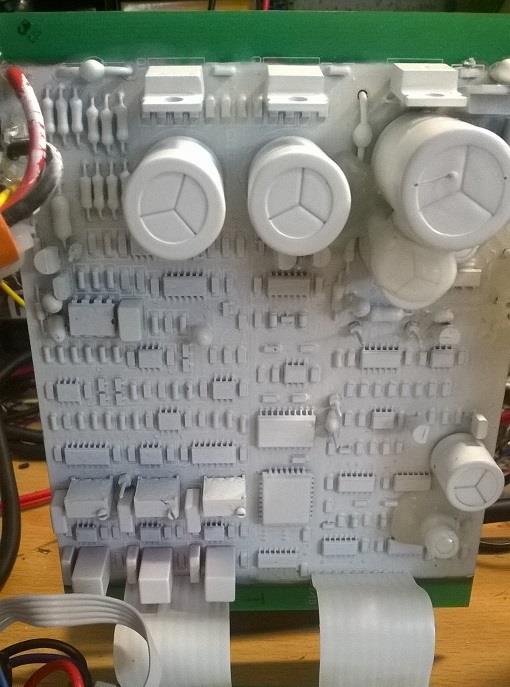Hi CG. This is a tuning guide posted by Jonathan Porter a few years back on another forum
I keep a copy with me when i take the detector out for a walk [not known for my great memory recall abilities]
As mbasco indicated the Minelab site has the original manual on-line.
Hope this helps
Re: SD2100 - Tuning
Jonathan Porter on Fri May 22, 2009 7:09 am
There are four different ways of tuning a SD2100, one is the threshold tune pot which is usually a set and forget type activity, Method of tuning; adjust threshold knob till there is a nice smooth and stable hum in the headphones or speaker so that you can use the threshold hum as a reference point to identify faint buried target responses from, the smoother and more stable you can make this the better you chances of finding deep gold (a smooth threshold also helps in concentration).
The second is the manual interference frequency tune control which on earlier SD2100's required a screw driver or the later ones (blue control box) had a dedicated interference control knob, Method of tuning; place the stem of the detector directly out in front of you with the stem parallel to the ground and the coil at right angles to the shaft, then do a full 360 deg turn (physical rotation with the coil shaft held out in front of you) from South to South again paying attention to the threshold by listening to the stability of the threshold as you go (overall smoothness), after the 360 deg rotation go back to the position where the most interference (warbling or constant repetitive hammering sounds) was noticed and then manually tune the detector either with a screw driver or via the control knob to a point where the instability is less or gone, you have now found a frequency were the detector can operate without things like power lines or the earths magnetic field interfering with good signals in the ground.
Now that you have achieved the above it is time to check on the ground balance in your chosen area which means you now have to tune the detector to suit the ground conditions by adjusting both channels of the machine to null "out" the ground (this means tell the detectors electronics the ground measurement you have chosen should be the zero reference point by which everything else will be measured (zero means the detector will ignore all the ground that makes a similar reading allowing targets to be heard). This is where the Minelab PI machines are very good, they can achieve a very effective ground balance (Null) whilst still maintaining amazing depth in areas of high mineralisation (this is what you are paying the big bucks for, to date no-one else on the planet can do this effectively).Method of tuning; start by pumping the coil up and down in relation to the ground with the coil held as parallel to the ground as possible, pay attention to the threshold, is the coil making a noise as the coil is moved away from the ground or towards the ground?
Now flick the ground balance knob to the channel one position, the SD 2100's have two channels or if you like are essentially two detectors in one by selecting channel one you are now deciding to manually ground balance channel one on its own by turning off the second ground balance (this allows you to concentrate on the channel as you perform the ground balance without the second channel interfering with the audio). The first channel of the 2100 is a lot less sensitive than the second so is less intensive to tune or ground balance especially with a DD coil, by turning the balance knob one way or the other you will notice if the sound generated when the coil is pumped becomes worse or better. Once the direction of the tune control is decided upon, usually it only takes few seconds to achieve a null in channel one, now just flick the GB (ground balance) knob to the second channel and perform the same procedure, but keep in mind the second channel is more sensitive than the first so will require a finer adjustment (channel one is for larger deeper gold nuggets and channel two is for small shallow/deeper targets).
Once the second channel has been balanced you can then re-unite them by selecting the both position (middle switch position of the ground balance switch) where the two channels are combined again so you will have both sensitivity to small and large targets but where the ground is nulled (ignored). Get into the habit of checking the GB regularly by pumping the coil, usually it will be channel two that needs fine adjustment unless the ground is extreme or you have moved to a different area. Do not use the VLF method of leaving the GB slightly positive (method used to identify hot rocks) as any loss of Null to the ground will cost gold, the better you can become at keeping your detector balanced the better the results will be.
Hope this helps,
JP
PS the SD 2100 benefits from a booster speaker combo especially on the small deep gold






